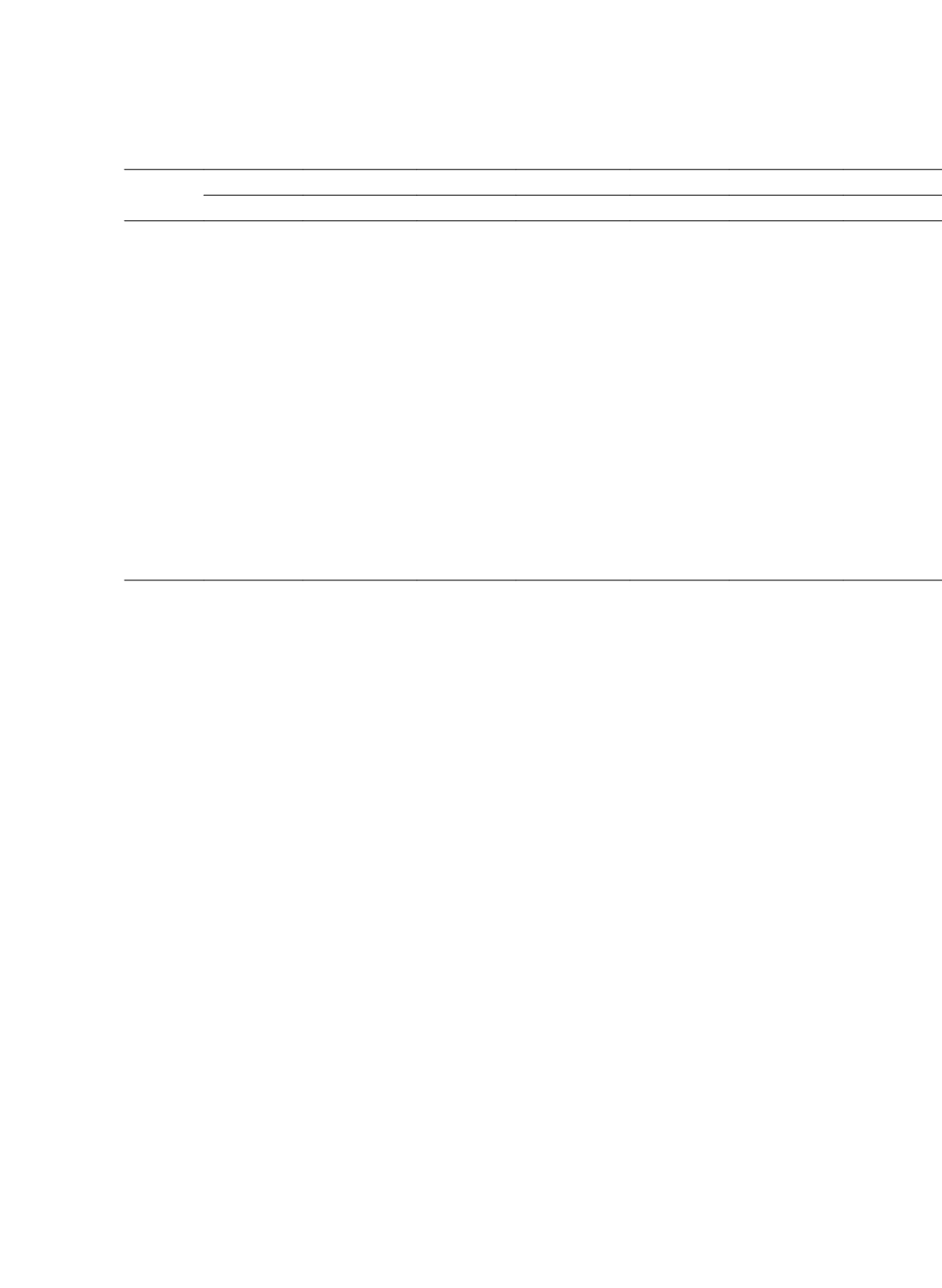

審計人員之產業專精與客戶租稅規避:中國實證研究
22
Variables
(1)
Tax-avoidance = BETR
(2)
Tax-avoidance = CETR
Spec = IMS Spec = IMS_D Spec = IPS Spec = IPS_D Spec = IMS Spec = IMS_D
(1.25)
(1.26)
(1.25)
(1.22)
(1.67)
(1.61)
Size
0.0092***
0.0088***
0.0089***
0.0079***
0.0172***
0.01633***
(9.41)
(9.26)
(9.20)
(8.44)
(15.79)
(15.28)
Roa
0.0331**
0.0332**
0.0333**
0.0334**
0.0874***
0.0876***
(2.57)
(2.58)
(2.58)
(2.59)
(6.05)
(6.06)
Lev
-0.0153***
-0.0151***
-0.0158***
-0.0156***
-0.0414***
-0.0416***
(-2.79)
(-2.74)
(-2.87)
(-2.83)
(-6.72)
(-6.74)
CFO
0.0421***
0.0416***
0.0416***
0.0416***
0.0152
0.0149
(3.45)
(3.41)
(3.41)
(3.40)
(1.11)
(1.08)
Year
Controlled
Controlled
Controlled
Controlled
Controlled
Controlled
Industry
Controlled Controlled Controlled Controlled Controlled Controlled
N
7692
7692
7692
7692
7692
7692
F Value
38.37
38.41
38.32
37.80
27.01
26.76
Adjusted R
2
0.1463
0.1455
0.1452
0.1435
0.1029
0.1017
Note: This table presents the OLS regression results of auditor industry expertise on tax avoidance
conditional on auditor independence. The dependent variable tax avoidance is measured by
BETR
, the key independent variable auditor industry expertise is measured by
IMS
,
IMS_D
,
IPS,
and
IPS_D
, and the condition variable auditor independence is measured by
Fee
and
Tenure
.
Spec
*
Fee
and
Spec
*
Tenure
are two interaction variables used to capture the joint effect of
auditor industry expertise and auditor independence. In Model (1), we use
BETR
as a proxy for
tax avoidance. In Model (2), we use
CETR
as a proxy for tax avoidance. In Model (3), we use
BTD
as a proxy for tax avoidance. The sample includes 7,692 firm-year observations for the
period 2008-2012. T-statistics are in the parentheses. ***, **, * stand for a statistical significant
level of 1%, 5%, and 10% respectively.
4.4 Robustness Tests
4.4.1 Separate Analysis of Big 4 Sample
This study treats the Big 4 clients as a special sample. From the descriptive statistics in
Table 4 and Table 5, this study finds that the Big 4 are more likely to identify as industry
experts under the measurement of industry market share and industry portfolio share. Hence,
the proxies of auditor industry expertise may mainly capture the relative scale or resource
advantages of Big 4. In order to avoid the specificity of Big 4 samples affecting the
reliability of our findings, this study examines the association between auditor industry


















